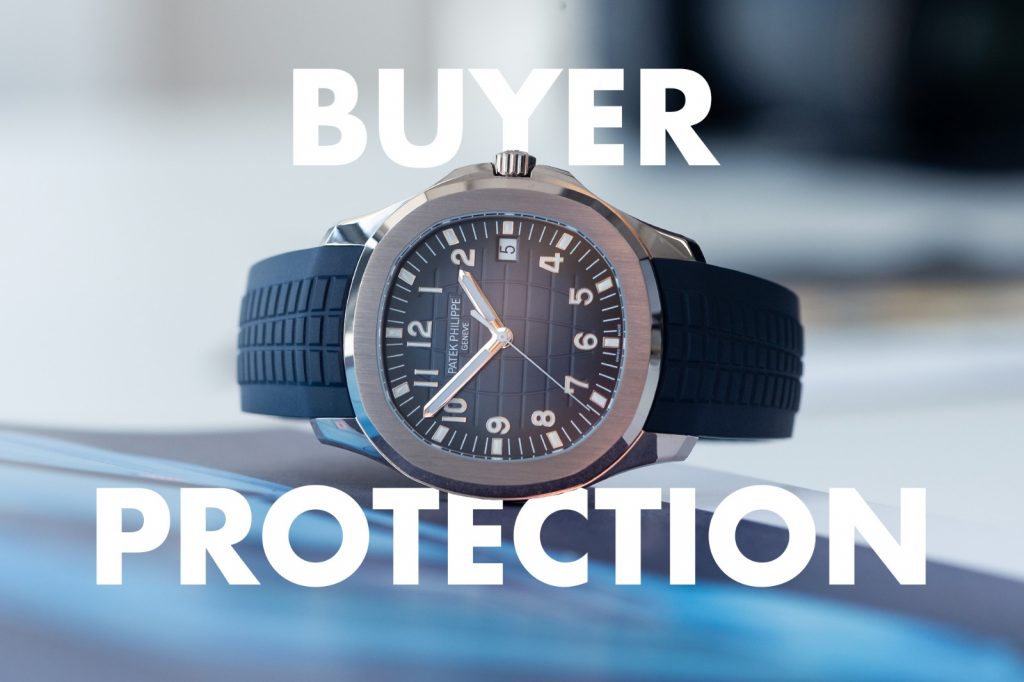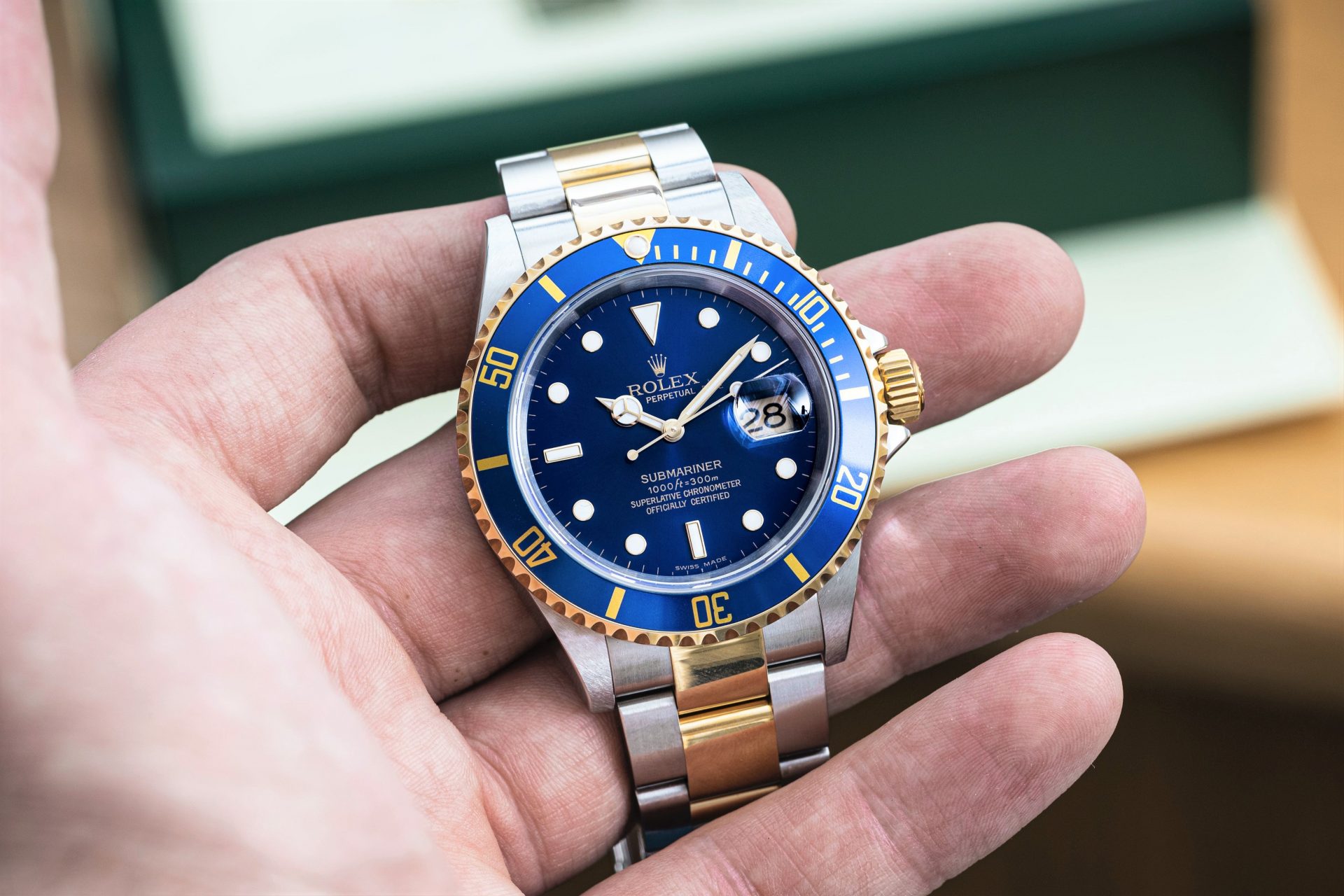A year-and-a half on from the launch of auction platform Watch Collecting (watchcollecting.com), the company has sold almost 1,500 watches and is just shy of a £30 million turnover.
Following a pattern of seven-day, live, online auctions, and with an average sale price of £18,000, Watch Collecting has made its name thanks, in no small part, to its revolutionary 6 per cent buyer’s premium (that includes a flat rate of £600 on purchases up to £10,000) plus free-to-list and free-to-sell service.
The most expensive watch sold to date is an olive-dialled Nautilus with diamond bezel that hammered at £632,000/$725,000. So far, more than 250 watches have sold for more than £30,000.
The one thing that buyers were perhaps wary of in the past was the fact that watches were sold caveat emptor, with the platform offering no formal help if the watch received by the buyer was not as described. All that has now changed, however, with the introduction of a Watch Collecting Buyer Protection scheme. As there is no facility to enable buyers to physically inspect watches before bidding, they are reliant on detailed photography and written descriptions. This now involves Watch Collecting using the skills of specialists to spot and reject any fake or suspicious watches, and hence enables the platform to have 100 per cent confidence in the authenticity of the watches sold.
As there is no facility to enable buyers to physically inspect watches before bidding, they are reliant on detailed photography and written descriptions. This now involves Watch Collecting using the skills of specialists to spot and reject any fake or suspicious watches, and hence enables the platform to have 100 per cent confidence in the authenticity of the watches sold.
Prior to sale, Watch Collecting conducts ‘KYC’ checks on both buyers and sellers, and every watch listed is checked against the Art Loss Register’s 70,000 strong database of stolen or missing watches, as well as the world’s largest counterfeit watch database.
If a watch does turn out to be counterfeit, the Watch Collecting Buyer Protection scheme means that, as long as any issue is reported to the support team within 30 days of an auction ending or an agreement for a ‘Buy Now’ deal, Watch Collecting will take the following steps:
- They will contact the seller, assess all evidence and help the buyer to obtain a full refund.
- If no solution is found during Step 1, then the team’s involvement will escalate. The watch will be returned to Watch Collecting at the company’s expense and after being verified as counterfeit by them, the full amount including fees will be reimbursed up to a maximum of £25,000. Watch Collecting will ensure that a bidder is reimbursed – regardless of whether it was sold by a trade seller or private individual.
“We have not offered a Buyer Protection scheme until now because we have always emphasised that we are an auction platform rather than an auction house,” says Adrian Hailwood, head of watches at Watch Collecting. “However, with 18 months of hindsight, we can see that the watches side of the business is very different to the car side. It is a lot harder to fake a car because of all the verifiable legal documents. Also, people don’t post cars so there is less room for error.
“We looked at sales from the past year and asked ourselves how often we had had any problems. The answer was, almost never. So we examined the cost to cover the Buyer Protection and realised that the financial implication would be minimal but the added confidence it would give to potential buyers would be huge.”

